Spring Planting and the Vernal Equinox
So what is the Vernal Equinox and why is it important to all of us?
The Vernal Equinox is the day that the sun passes over into being more and more present (and heating up the days), than in the winter. Simply put, from this day forward, it will generally get hotter!

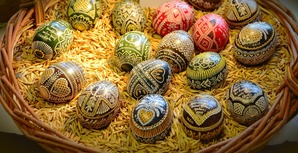
And this still holds true today. You can see its enduring importance all over the world. In the Christian world it is marked by Easter festivals. In the middle east many celebrate Naw Ruz. The Indian tradition has the festival of Holi or the festival of colors. In Japan they have a national holiday to revere their ancestors. Native American tribes were known to mark their medicine wheels with plant or animal artifacts that emerged in the new season, such as an arriving migratory bird feather or a newly blooming essential plant.
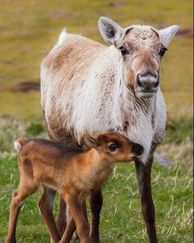
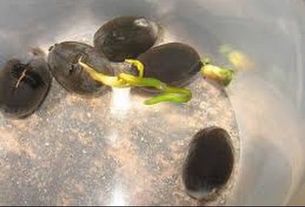
The native Klamath people of Oregon in the American northwest used a 10 month calendar that they tracked by counting their fingers. But since their livelihood was dependant on the edible water-lily seeds that they harvested from their marshy landscape about the end of September, they would mark the beginning of their new year with the first new moon following the end of the seed harvest. So the tasks of drying, roasting and grinding the seeds into flour that would sustain their clans for the rest of the year, were tasks for the new year. After 10 lunar cycles, they would just extend that last ‘month’ until the new harvest of ‘wokas’ returned.
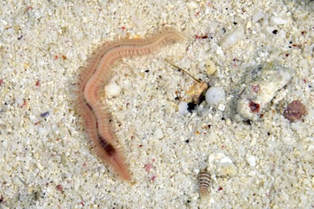
As our modern stratified civilizations have evolved and we have developed other needs, we have moved away from these highly useful environmentally based calendars to astronomical calendars. In each of our societies, more and more of us have become distant from nature and the annual natural cycles that sustain all of us. Our meats and vegetables appear magically each day in our supermarkets from all over the globe, and we have become un-moored from where they come from. It has become increasingly true that only those of us that live in the fundamental level of society that lives by this knowledge, to produce our meats and fish and grow our vegetables, are aware of their importance. Perhaps our global celebrations of the coming of each spring is a way of keeping us tied to the importance of our natural world.
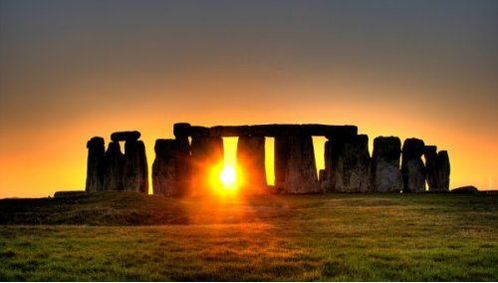
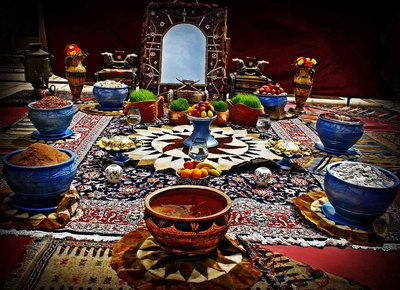

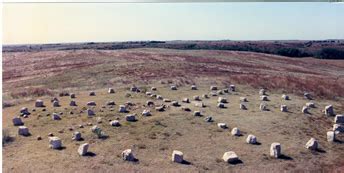
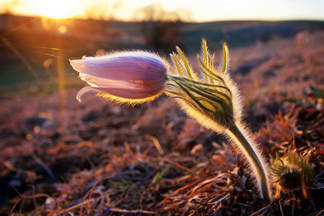
 RSS Feed
RSS Feed